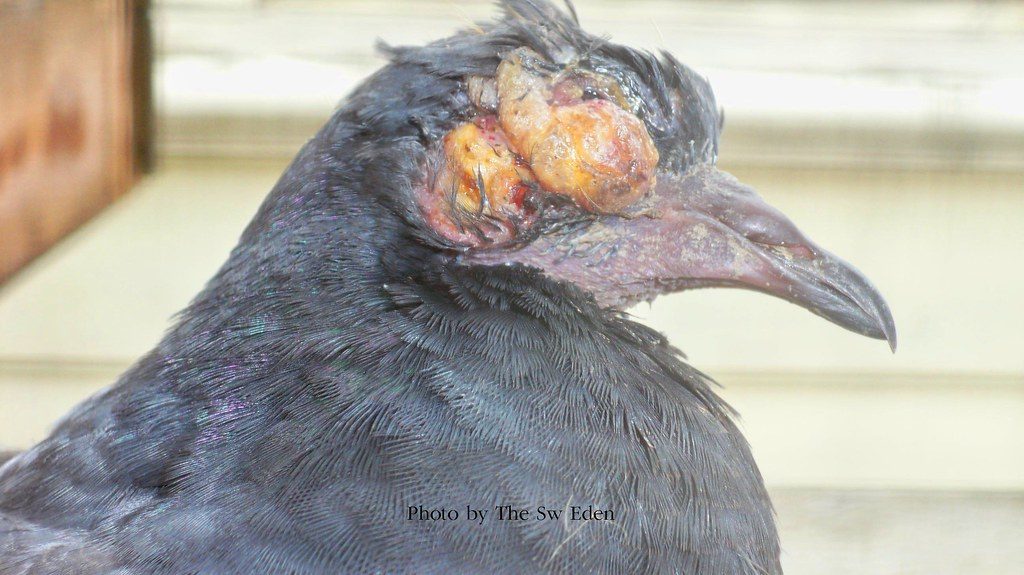RIO DE JANEIRO, BRAZIL – In July 2019, two men died in São Paulo due to cryptococcosis, popularly known as pigeon disease. These cases alerted the authorities in Rio de Janeiro, where it became part of everyday life for citizens to share public spaces, such as squares and streets, with the birds.
According to infectiologist Edimilson Migowski, pigeon disease is caused by pulmonary infection due to the absorption of dust infected with the cryptococcus fungus, present in the birds’ feces.
It can cause diseases such as meningitis and pneumonia, with high mortality rates. According to data from Fiocruz, deaths are as high as 45 percent to 65 percent in cases of meningitis in Brazil.
“The individual inhales the fungus, which reaches the lung, goes into the bloodstream and can affect the viscera, bones, central nervous system, and the meninges membranes. It can lead to death particularly in people with compromised immunity,” says Migowski.
According to the Ministry of Health’s booklet, the fungus is mainly found in pigeon feces, but it is also found in birds, in general, and in dead organic matter.
There are no specific preventive measures, but some precautions can be taken.
The infectiologist advises that when sanitizing surfaces that may be contaminated, such as poultry houses, roofs or any place with clustering of bird feces, the area must be watered first to prevent the dust from spreading through the air. “Besides, the person performing the cleaning must wear a mask to avoid inhalation and subsequent contamination, particularly in confined spaces,” Migowski said.
According to another infectiologist, Alberto Chebabo, of the Federal University of Rio de Janeiro (UFRJ), because the disease affects the central nervous system, it can leave permanent side-effects. “Therapy is difficult, and the patient may go into a coma or have one side of the body paralyzed,” Chebabo said.
According to the Health Ministry, symptoms of the disease can occur from two days to more than eighteen months of exposure, with symptoms such as fever, fatigue, chest pain, stiffness of the neck, headache, nausea, vomiting, night sweats, mental confusion, and blurred vision.


